Naval Special Forces Group 126 attacked and liberated Son Ca Island, Truong Sa archipelago, April 25, 1975 (Photo: Le Nhat/VNA)
Faced with the situation where the Saigon army and government suffered heavy defeats and had to deal with the situation everywhere on the mainland, support and supplies to the islands were limited, causing the morale of enemy soldiers and officers on the islands to become even more confused and wavering.
The Naval Command in Da Nang and the Military Region 5 Command decided to quickly mobilize forces to immediately capture the remaining islands of the Truong Sa archipelago .
At 0:30 a.m. on April 25, 1975, ship 641 carrying Squad 2 (Team 1, Special Forces Group 126) commanded by Lieutenant Do Viet Cuong began landing on Son Ca Island in the Truong Sa archipelago.
After secretly reconnaissance and deploying combat formations, at 2:30 a.m. the same day, our troops opened fire simultaneously. The enemy troops stationed on the island were completely surprised, their formation was in disarray, they fought back weakly and quickly surrendered.
At 3:00 a.m. on April 25, 1975, after half an hour of fierce fighting, Son Ca Island was completely liberated. Our army destroyed and captured all enemy forces on the island; seized two radios, four telephones, two motorboats, one engine, 40 barrels of gasoline and all weapons and ammunition.
Deploy forces in the suburbs and targets in Saigon city
On April 25, 1975, the Ho Chi Minh Campaign Command moved to Ben Cat, directly commanding the General Offensive to liberate Saigon-Gia Dinh.
The Ho Chi Minh Campaign Command decided to use captured enemy aircraft, piloted by our pilots, to attack Tan Son Nhat airport, further promoting enemy confusion, not allowing the ringleaders to easily escape, not allowing the aircraft still at Tan Son Nhat airport to escape.
Up to this point, in the outskirts of Saigon, in addition to the main and local units, our 6 Special Forces Regiments, 4 Battalions and 11 Special Forces teams had secretly deployed forces, approaching targets in the inner city, preparing to capture and hold major bridges leading into and out of the city.
The Saigon-Gia Dinh Party Committee mobilized 1,700 cadres into inner-city districts and suburban communes, inciting the masses to rise up, coordinating with the main force's attacks.
In 80 suburban communes and 14 urbanized communes, we have facilities. Of the 337 hamlets, we have facilities in 251 hamlets.
In the rural areas of Saigon, we have 80 Party cells with 601 party members and 40 Youth Union cells with 284 members.
Two regiments and five battalions of the city's armed forces and district army companies were also ready to support the uprising masses.
Many volunteer propaganda teams were formed. Hundreds of vehicles equipped with broadcasting equipment set out on their missions. In many places, the masses printed leaflets, sewed banners, wrote banners, etc., eagerly preparing to welcome the liberation army.
Khe Sanh soldiers camouflage their vehicles before attacking Saigon (Photo: Quang Thanh/VNA)
On April 25, 1975, all of our preparations were basically completed. The forces participating in the Ho Chi Minh Campaign had reached their deployment positions and were ready to wait for the order to open fire.
During the 11 days of preparation for the Ho Chi Minh Campaign, the strategic logistics unit of Group 559 exploited and transported 24,000 tons of weapons, 25,000 tons of food, 1,000 tons of medicine, 1,000 tons of gasoline; organized 5 repair stations, 10 artillery and tank repair stations to serve the campaign.
In particular, in the days leading up to the Ho Chi Minh Campaign, the logistics region brought 10,000 people from the rear to organize into 8 mobile battalions and mobilized nearly 4,000 transport vehicles of all kinds, 656 motorboats, canoes, 1,736 bicycles, more than 63,300 frontline laborers, established 15 field hospitals, 17 treatment teams, with more than 10,000 beds to serve the troops.
Preparing for the final strategic battle, the B2 Military Industry workshops have focused all their human resources and equipment on producing two types of weapons in great demand for combat at this time: MDH and barrier-breaking explosives.
Following the order of the Regional Command, the Regional Military Ordnance Department directed its affiliated factories to organize a 20-day peak production period (from April 5 to 25, 1975) to produce more than 6,800 barrier-breaking explosives and more than 3,600 MDH10 explosives.
In Bac Lieu , on April 25, 1975, our military propaganda base had contacts with the Bac Lieu Province Chief, Deputy District Chief, District Chief of Staff and Chief of Police.
Also on April 25, 1975, at the 1st Corps Command in Rach Be, the Corps Command organized a meeting to disseminate fighting determination and assigned specific tasks to units.
Major General Nguyen Hoa, Commander of the Corps, issued instructions on the sand table to the commanders of infantry units and military branches. Starting from April 25, 1975, Battalion 5, Regiment 27, Division 320 began to mobilize forces to Lai Thieu.
Meanwhile, in the direction of the 3rd Corps, when it was discovered that the puppet 25th Division showed signs of retreating to Dong Du and Hoc Mon, the Corps Command ordered the 316th Division to send all its forces to block and hold back the enemy. The 149th Regiment cut off Route 1 in the east of Trang Bang, surrounded and prepared to attack the enemy at this base.
Regiment 174 cut Route 1 in the Phuoc My area, ready to capture Phuoc My base. Also from April 25, 1975 (until April 27, 1975), the artillery of the 3rd Corps fired fiercely at enemy artillery positions in Dong Du, Phuoc My, Dong Chua, Trang Bang, Go Dau Ha, Ben Kho, Khiem Hanh./.
Source: VNA; People's Army Newspaper 1995; "General Vo Nguyen Giap: General Headquarters in the Spring of Victory" - National Political Publishing House, Hanoi, 2000; "Campaigns that were decisive for victory in the Great Victory of Spring 1975" - People's Army Publishing House, Hanoi, 2010; "Historical events and figures" - People's Army Publishing House, Hanoi, 2015; "Historical Decision" - People's Army Publishing House, Hanoi, 2015; "Ministry of National Defense - Vietnam Military History Institute: Vietnam Military History" volume 11 - National Political Publishing House Truth, Hanoi, 2019; "General Van Tien Dung: Great Spring Victory" - People's Army Publishing House, Hanoi, 2024. |
According to Vietnam+
Source: https://www.vietnamplus.vn/50-nam-thong-nhat-dat-nuoc-2541975-giai-phong-dao-son-ca-thuoc-truong-sa-post1034907.vnp
Source: https://baolongan.vn/50-nam-thong-nhat-dat-nuoc-25-4-1975-giai-phong-dao-son-ca-thuoc-truong-sa-a194128.html


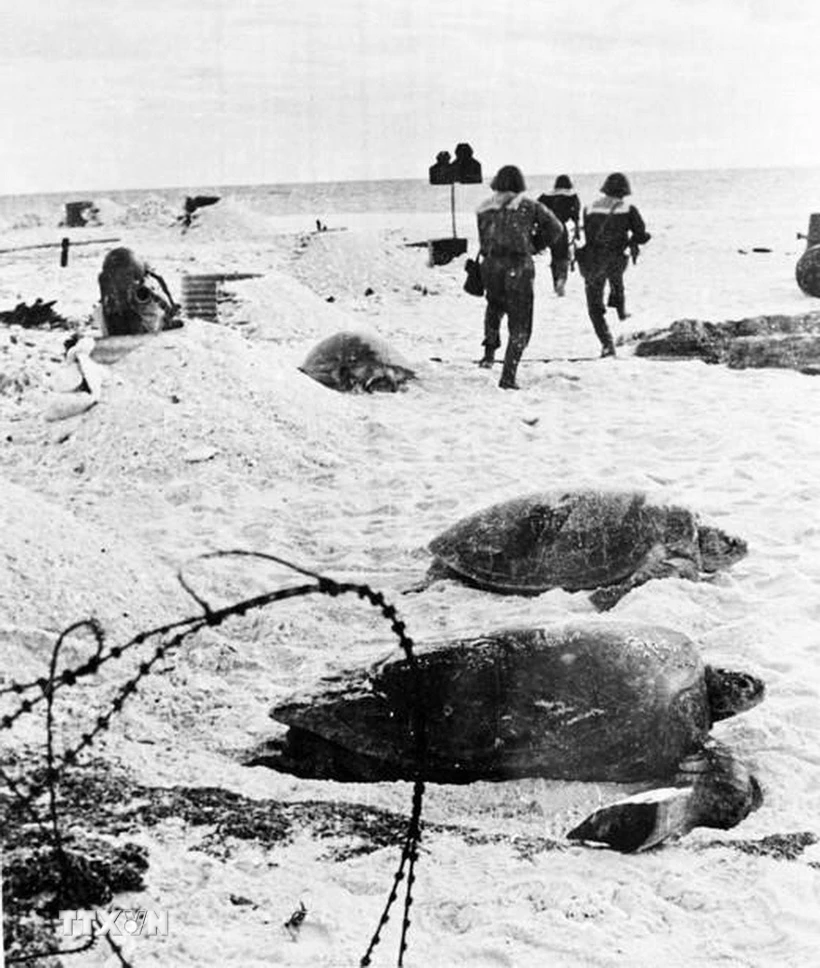
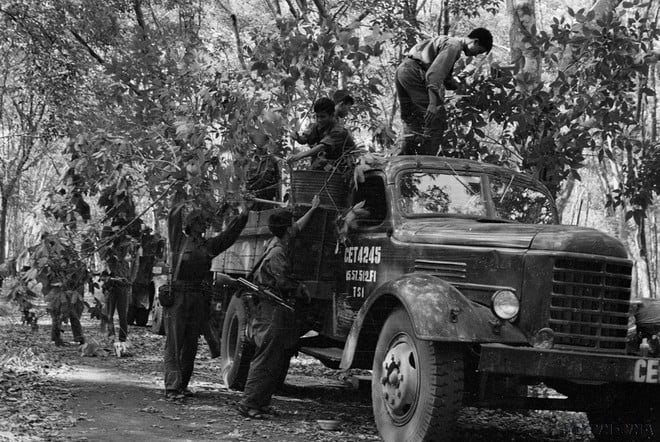


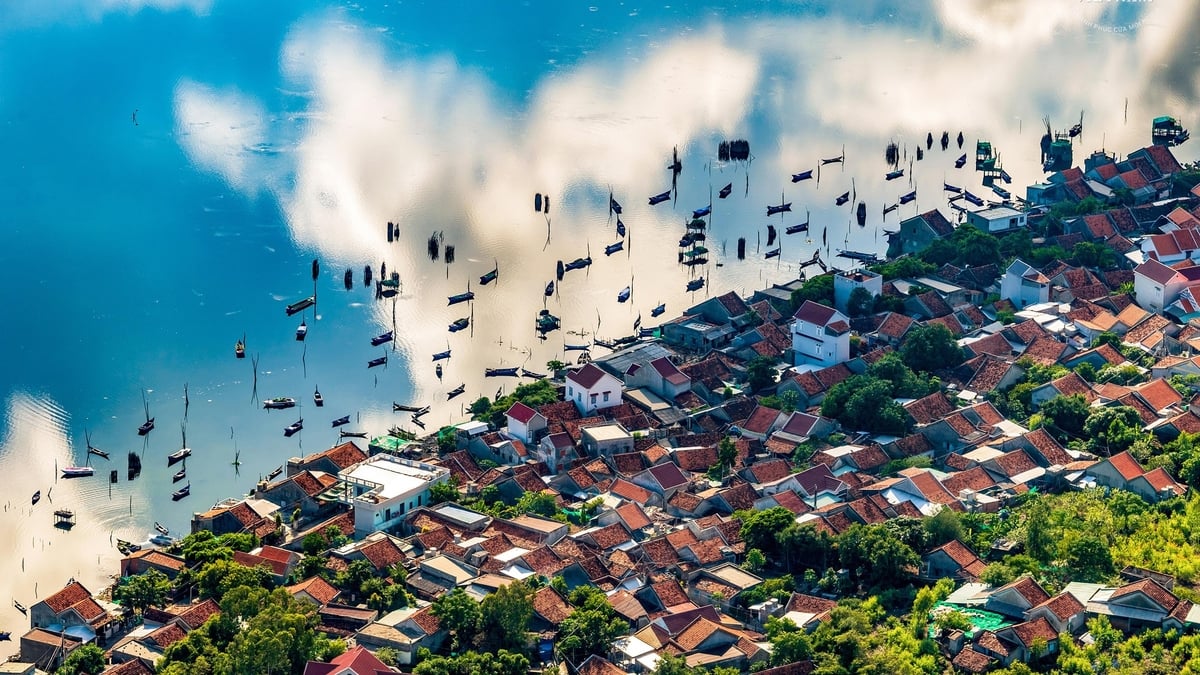


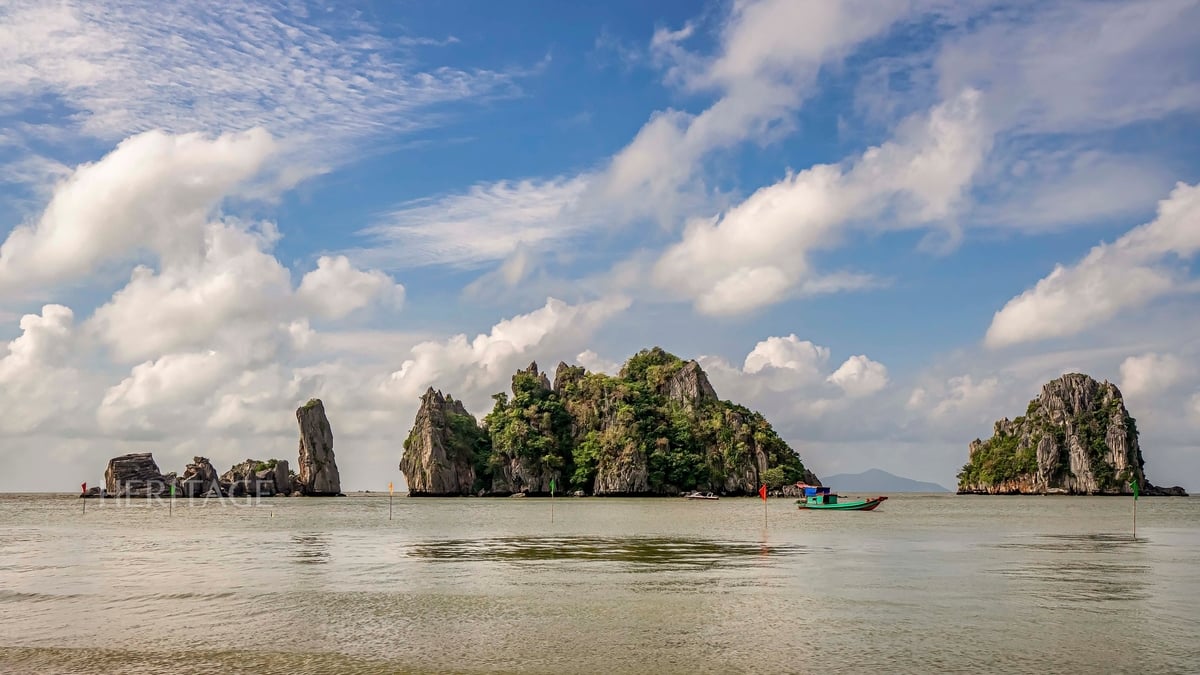


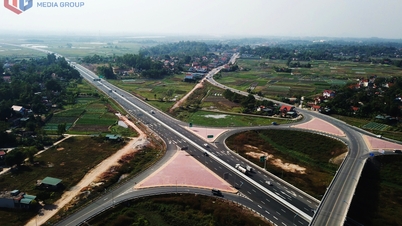

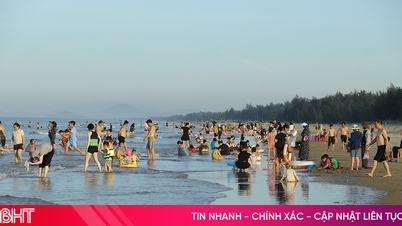

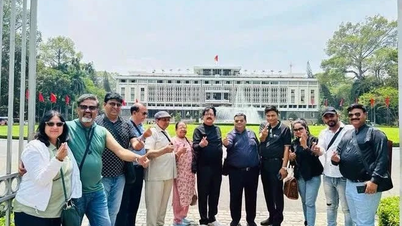














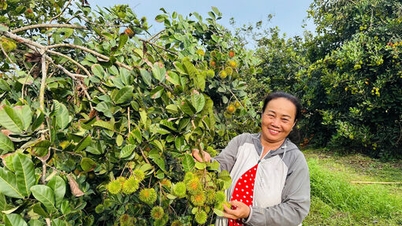











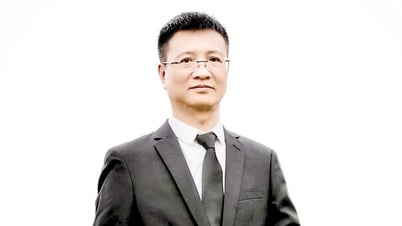



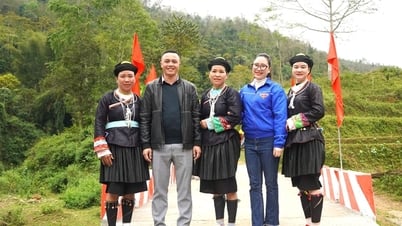

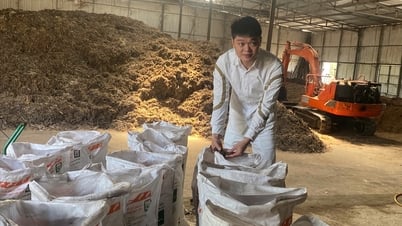




























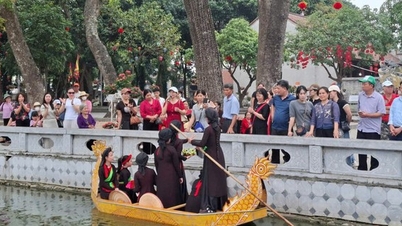
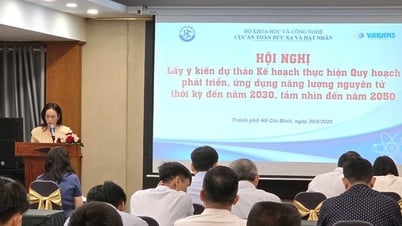
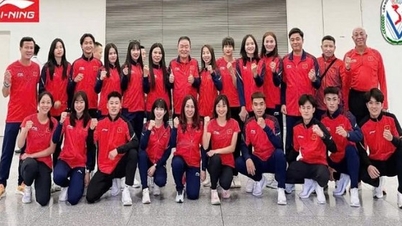
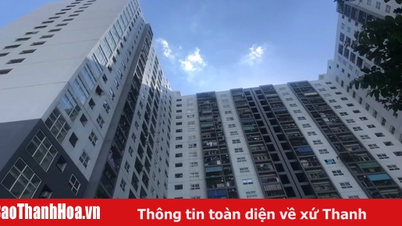




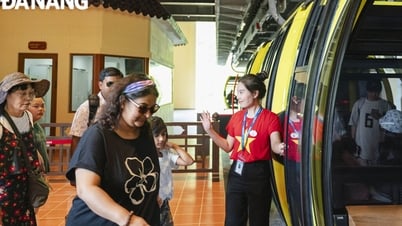

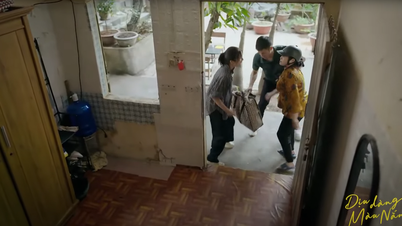
















Comment (0)